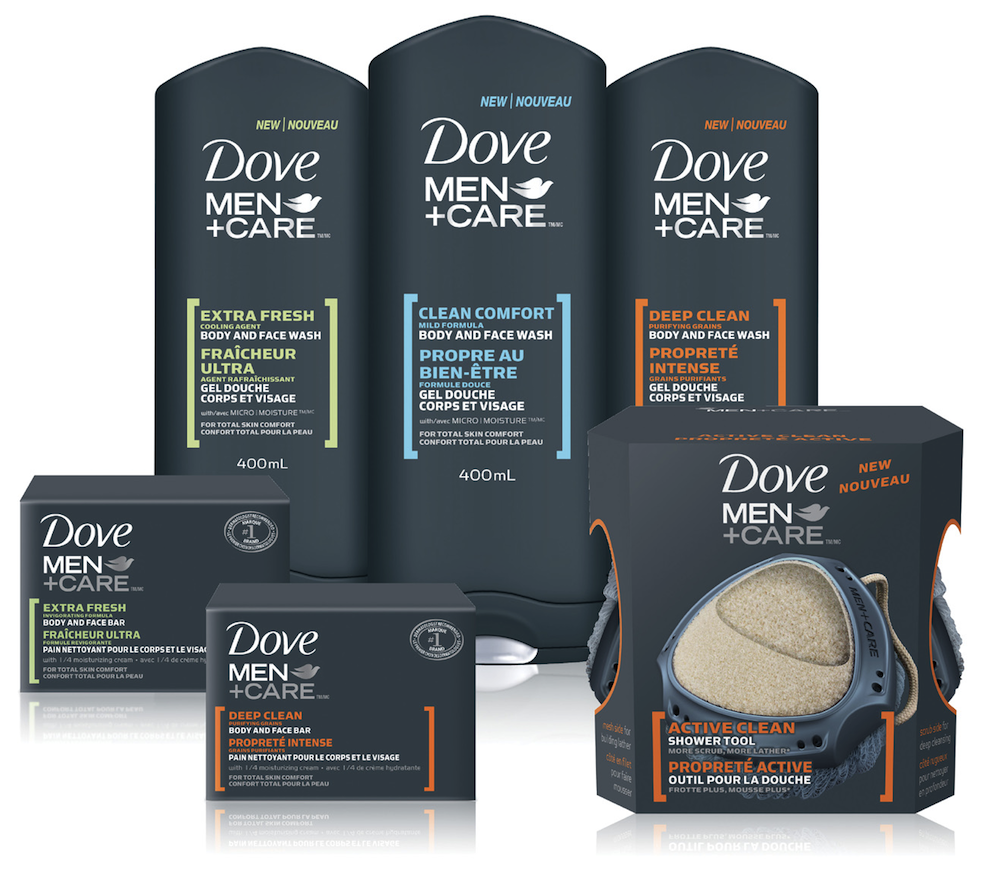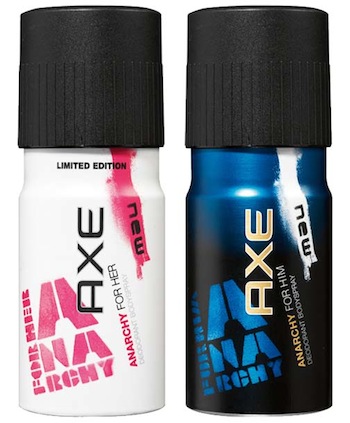![]()
Have your say, share your thoughts on the article written by Kathy Oneto, Vice President, Brand Strategy at Anthem Worldwide, USA
With fewer new brands being created by large CPG companies, more companies are extending traditionally gender focused brands or product offerings to appeal to the other 50 percent, be it men or women. While it may seem antithetical and impossible for a brand to speak to both sexes when it historically has been deeply focused and targeted against one, there are some brands that are successfully doing so, while others may still be finding their way.
Dove, the female-focused “Real Beauty” brand, extended into men’s grooming in late 2009 and in February of this year was reported by Buyology as being one of the most desirable brands in the U.S. for both women and men, ranking fourth on the list for both genders. This was a unique brand extension and brand evolution that even triggered debate in our office—was this a wise brand move that wouldn’t alienate Dove’s female base? According to Unilever, they made the leap based on the rising interest in male personal care and the fact that 51 percent of men were already using women’s skin care products, likely because they used what was purchased for them and already in the shower. Considering consumer opinion and the line’s financial results, this gender extension seems to be paying off.
Photo: Dove Men + Care, the first brand’s male range
How was it that Dove, a brand that squarely targeted women for years, was able to transition to be a brand that equally resonates with both genders? For one, Dove leveraged its product differentiation, making moisturizing meaningful to the male target. The company was also able to find a shared insight around accepting one’s true self that can be tailored to each target—for women it’s about real beauty, for men it’s about being comfortable with who they are and being comfortable in their own skin.
Interestingly, Unilever is taking its other gender-focused brands, Axe (in the U.S. and international) and Lynx (in the U.K.), in the opposite direction, taking the to-date quintessential male-targeted brand and extending the product offering and message to women. Perhaps the company picked up on the fact that the brand has a few female followers. What may come as a shock to many, almost 25 percent of Axe’s 2.6 million U.S. Facebook followers are women. The company launched the first Axe/Lynx limited edition product for women, an Anarchy fragrance or body spray that has a version just for her. Even more surprising, more women have had a positive perception of the Axe brand since the launch (perception levels almost doubled) according to YouGov BrandIndex, which tracks consumers’ daily perception of brands.
Photo: Axe (Lynx) female range
Now this movement isn’t completely new. There are brands in the world that cater to both sexes—consider Levi’s and Gillette—but there are few whose share of revenue is equally split 50/50. In April 2011, Weight Watchers, also searching for growth, launched its first campaign for men following its rival NutriSystem. Finally, the company started taking the heavily female focused diet brand (90 percent of Weight Watcher clients are women) into new territory, utilizing a non-traditional marketing approach with real consumers, not celebrities. The company recognizes it may take some time to build equal appeal with men.
But crossing the divide and being able to speak to the other half requires proper framing of the consumer need and nuance of message. Some are questioning Dr. Pepper’s recent foray into male-focused products. The brand at the end of last year finally followed other soda companies (Coke Zero, Pepsi Max) in launching a diet cola for men, Dr. Pepper 10. While Coke Zero and Pepsi Max were directly positioned to men and had campaigns that were male directed, Dr. Pepper is taking a slightly different approach in how directly it is targeting being “not for women,” literally. Will this negatively halo back to the base brand, suggesting that Dr. Pepper in general is not for women? The company’s current test market will tell.
If your brand wants to join the ranks of those bridging the gender divide, here are a few tips to consider. One, make sure to frame the consumer need and opportunity the right way, and consider if there is a common need, benefit, and/or brand equity that can easily extend to both genders (think Weight Watchers and weight loss, and Dove and moisturizing). Two, like any other venture into branding and positioning, go deep and be sure to understand the core motivations of your target; only then will you find the nuggets to cross over successfully. Three, like Dove, determine if there is a common motivation that might bridge the gap in brand meaning for both targets. Finally, in pursuit of growth, don’t unintentionally alienate your loyal base; consider the impact of an extension and its communication message before a launch. We all know men and women are complex, unique beings, so it should come as no surprise that crossing the gender divide can be challenging, yet doable when attempted with the proper safety net.
About the Author
Kathy Oneto is an experienced brand marketer with over fifteen years of marketing and general business management experience. At Anthem, Kathy has led strategic engagements with clients such as Avery, Chevron, Diamond Foods, Peet’s Coffee & Tea, PetSmart, Safeway, and Seagate.


